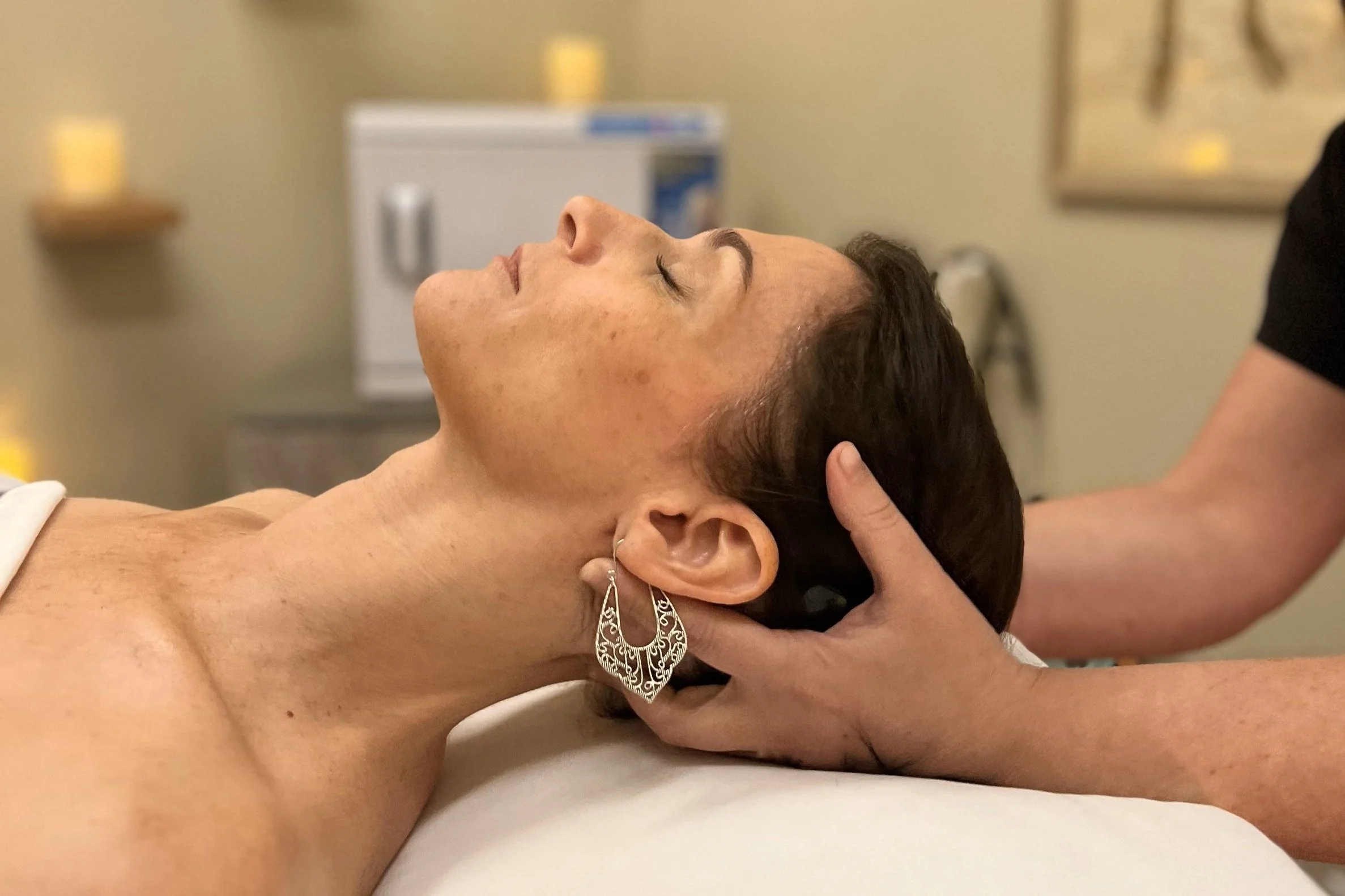Introduction
In the fast-paced world of performance, fitness, and recovery science, athletes and researchers are constantly searching for new ways to speed up healing and maximize results. The wolverine stack has quickly gained attention in advanced peptide research, promising groundbreaking benefits in recovery and regeneration. Named after the fictional superhero known for rapid healing, this peptide combination is designed to mimic that same accelerated repair process within the human body. From athletes seeking faster recovery to wellness enthusiasts aiming to optimize performance, the Wolverine Stack is making waves in scientific discussions.
What is the Wolverine Stack?
The Wolverine Stack refers to a carefully curated peptide combination designed to support tissue repair, enhance recovery, and improve cellular regeneration. While peptides have been studied for years in various medical and performance contexts, this specific stack stands out because of its synergistic design. Instead of relying on a single peptide, the Wolverine Stack blends multiple compounds that work together to amplify healing responses.
Why the Name “Wolverine”?
The name comes from the comic book character Wolverine, who is famous for his superhuman healing ability. While humans cannot regenerate at that speed, peptide science has uncovered compounds that can accelerate tissue repair, collagen production, and cellular recovery. The Wolverine Stack aims to replicate a version of this rapid regeneration, providing a scientific edge for recovery-based research.
The Science Behind the Wolverine Stack
The foundation of the Wolverine Stack lies in peptides—short chains of amino acids that act as signaling molecules in the body. These peptides communicate with cells, directing them to initiate repair, boost protein synthesis, or reduce inflammation. When combined strategically, they enhance natural processes that are already happening inside the body, but at a much faster pace.
Cellular Regeneration
Peptides in the Wolverine Stack stimulate stem cells and growth factors, both of which play a critical role in regenerating tissues. This is particularly valuable for muscle tears, joint damage, and recovery from intense physical stress.
Anti-Inflammatory Effects
Inflammation is one of the biggest barriers to recovery. The Wolverine Stack includes peptides that reduce unnecessary inflammation, allowing the body to heal without being slowed down by excessive immune responses.
Collagen and Joint Support
Another key element of the Wolverine Stack is its ability to boost collagen production. Collagen is vital for skin, tendons, ligaments, and cartilage health. By strengthening these connective tissues, the stack not only aids in recovery but also helps prevent future injuries.
Applications of the Wolverine Stack
The Wolverine Stack is not limited to a single field—it has potential applications across multiple areas of health, performance, and longevity research.
Sports Recovery
Athletes often push their bodies to the limit, resulting in muscle breakdown, microtears, and fatigue. The Wolverine Stack is being researched for its potential to reduce downtime between training sessions and speed up healing after injuries.
Post-Surgical Healing
Peptides within the Wolverine Stack are showing promise in supporting post-surgical recovery. Faster healing times mean patients may experience reduced discomfort and improved outcomes.
Longevity and Wellness
Beyond athletic performance, the Wolverine Stack is also of interest in longevity research. By enhancing cellular repair and reducing oxidative stress, it could support healthier aging and improved overall vitality.
Benefits of the Wolverine Stack
The Wolverine Stack is being recognized for its broad spectrum of benefits, which go beyond just physical recovery.
Faster Muscle Recovery
Peptides within the stack encourage muscle repair, meaning athletes can return to training sooner and perform at a higher level consistently.
Enhanced Injury Healing
Whether it’s ligament damage, tendon strain, or muscle tears, the Wolverine Stack supports faster structural repair.
Improved Skin and Joint Health
Collagen production not only aids joints but also benefits skin elasticity, contributing to a healthier, more youthful appearance.
Reduced Inflammation and Pain
By calming overactive inflammatory responses, the Wolverine Stack creates an optimal environment for natural healing without unnecessary discomfort.
The Future of Wolverine Stack Research
While the Wolverine Stack shows tremendous promise, it is still an evolving area of study. Researchers are continuing to investigate its long-term safety, ideal dosages, and the most effective peptide combinations. As peptide science advances, we may see even more refined versions of the Wolverine Stack tailored for specific needs such as athletic recovery, age-related degeneration, or chronic injury support.
Potential Innovations
Future studies could lead to personalized Wolverine Stack protocols, where the peptide blend is adjusted based on an individual’s genetic profile, injury history, and performance goals. This level of customization would represent a significant leap in precision recovery medicine.
Conclusion
The Wolverine Stack is more than just a buzzword in recovery science—it represents a cutting-edge approach to healing, regeneration, and performance optimization. By harnessing the power of synergistic peptides, the Wolverine Stack supports faster recovery, reduced inflammation, and improved overall resilience. While more research is needed to fully unlock its potential, the evidence so far is highly promising. For athletes, wellness enthusiasts, and researchers alike, the Wolverine Stack offers a glimpse into the future of advanced recovery science. As the field of peptide research continues to expand, this innovative stack may well redefine how we approach healing and performance in the years to come.









Leave a Reply